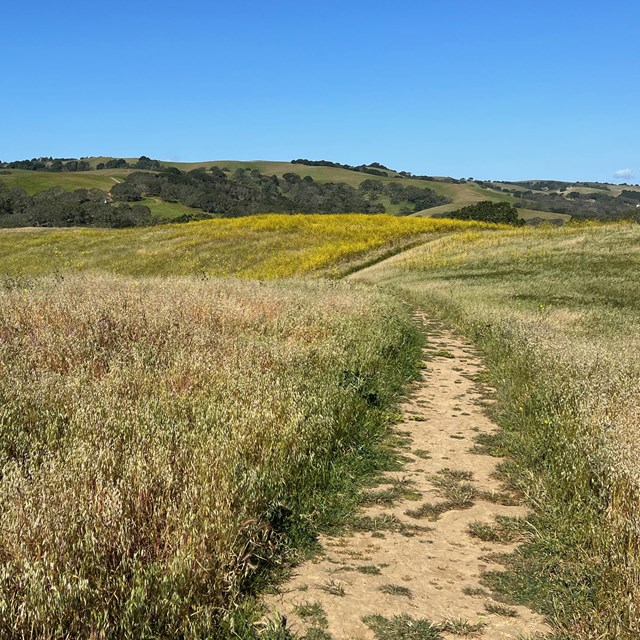Places at the John Muir NHS
The Places That Shaped John Muir’s LegacyExplore the diverse and significant locations that played a crucial role in John Muir's life and his enduring legacy in nature and conservation. These places not only shaped Muir's philosophies and writings but also contributed to the broader environmental movement that he championed. From the rugged terrains of Yosemite to the serene landscapes of the Muir/Strentzel Ranch, each location holds a unique story and connection to Muir's work in preserving the natural world. Discover how these places influenced Muir's passion for the wilderness and his efforts to establish national parks and protect our natural heritage for future generations. Places Beyond the Park

Photographs © / Adobe Stock Key Locations in John Muir's Journey and Conservation EffortsJohn Muir, the renowned naturalist and environmental advocate, had a life deeply intertwined with several key locations that shaped his work and legacy. His journey through these significant places not only defined his life's mission but also left an indelible mark on the conservation movement. Muir's profound connection with Yosemite Valley began in the late 1860s. This awe-inspiring landscape, with its towering granite cliffs and cascading waterfalls, captivated Muir and ignited his passion for preserving wilderness. He immersed himself in the valley, exploring every nook and cranny, meticulously studying its flora and fauna, and writing eloquently about its natural beauty. His passionate advocacy and detailed observations helped bring national attention to Yosemite, eventually leading to its designation as a national park. Muir's adventures were not confined to Yosemite. He also spent considerable time in the Sierra Nevada, a mountain range he fondly called the "Range of Light." His extensive explorations and writings about this majestic range played a crucial role in the establishment of Sequoia and Kings Canyon National Parks. Muir's vivid descriptions of the Sierra Nevada's breathtaking landscapes and ecological importance inspired many to appreciate and protect these natural wonders. In the late 1870s, Muir's insatiable curiosity led him to the wilds of Alaska. His expeditions to this remote and rugged land, particularly his exploration of Glacier Bay, were pivotal in broadening his understanding of glacial geology. Muir meticulously studied the glaciers, documenting their movements and effects on the landscape. His findings and passionate advocacy for Alaska's pristine wilderness underscored the importance of preserving these untouched lands. Among Muir's many adventures, Mount Shasta held a special place in his heart. He climbed this imposing peak multiple times, each ascent deepening his appreciation for its beauty and the surrounding wilderness. His writings about Mount Shasta contributed significantly to the public's appreciation and preservation of California's natural landscapes. One of the most poignant chapters in Muir's life was his fight to prevent the damming of the Hetch Hetchy Valley in Yosemite National Park. Although he ultimately lost this battle, it was one of the first major environmental preservation efforts in the United States. This struggle highlighted the need for stronger conservation policies and galvanized the burgeoning conservation movement. Muir's journey began in Wisconsin, where he spent his early years. The woods and fields of Wisconsin were his first natural playgrounds, sparking his lifelong love for nature. These early explorations laid the foundation for his later work as a naturalist and conservationist. These significant places in John Muir's life highlight the geographical diversity of his experiences and underscore his lasting impact on conservation and the establishment of national parks in the United States. Muir's legacy continues to inspire and guide efforts to preserve the natural world for future generations. |
Last updated: December 19, 2024






